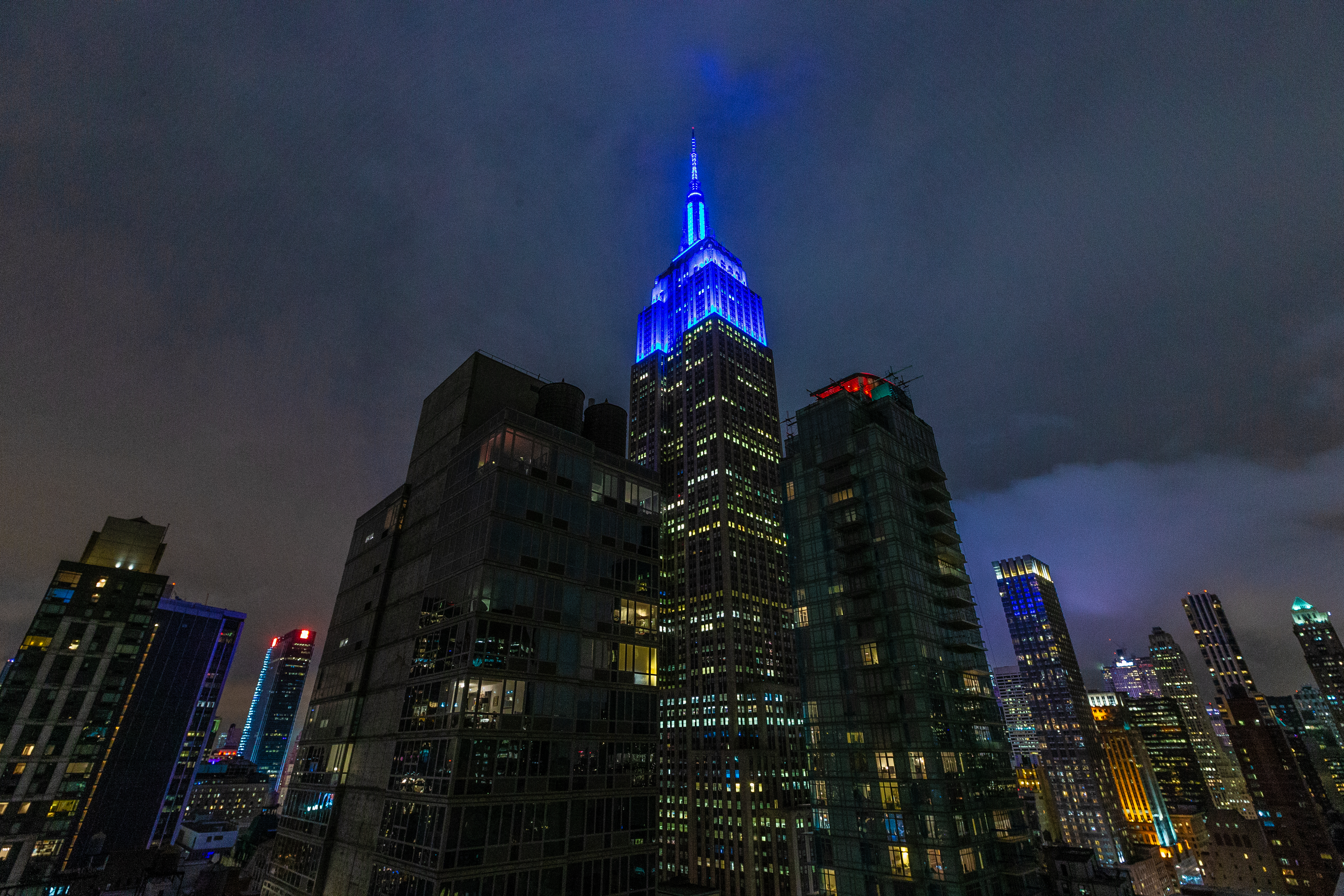Case in point is the NIST final report on World Trade Center 7, the 47-story high-rise that collapsed on September 11, 2001. The report’s authors explained in precise technical terms, the North side of the building (the side they were measuring) underwent a 2.25-second free-fall drop, extending approximately 8 stories. This agreed very closely with observations made during the opportunity for public comments. The whole process of requesting public comments to the draft final report, receiving them, and updating the final report where warranted was very commendable.
The problem comes with the NIST interpretation of the significance of this updated information. The NIST authors did need to make a comment, in that they stated in their draft report that the visible part of the collapse had accelerated downward at 40% of free fall. Their comment was in essence, when they looked at a longer period of time (5.4 sec.) encompassing this intermediary 2.25-sec. stage, then the three stages of collapse progression are consistent with the results of their global collapse analyses, i.e., their analytical model.
Their analytical model did not contain the mechanism for free fall. Yet, they called the overall results consistent with their model. NIST has not faced up to the significance of free fall. Is declaring the overall results consistent with their model the NIST way of sweeping the dirty implications of free fall under the proverbial carpet?





 Warner Bros Discovery is poised to tell shareholders to reject Paramount’s $108bn (£81bn) hostile bid, according...
Warner Bros Discovery is poised to tell shareholders to reject Paramount’s $108bn (£81bn) hostile bid, according... Twenty-four years after Sept. 11, 2001, Americans remember the nearly 3,000 lives in the terror attacks...
Twenty-four years after Sept. 11, 2001, Americans remember the nearly 3,000 lives in the terror attacks...






























